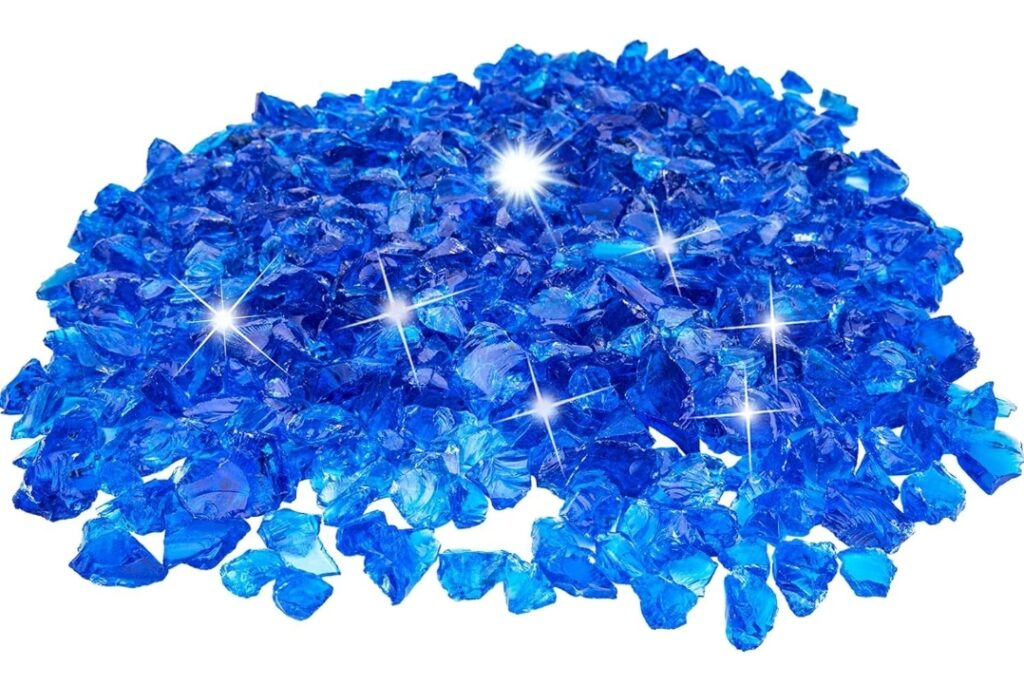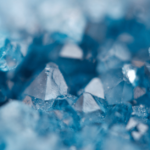
A Geological Exploration of Blue Crystal Lake
The formation of the blue crystals at Blue Crystal Lake is largely accurate. Here’s a more detailed breakdown:
Glacial Formation:
- Glacial Erosion: Glaciers, massive sheets of ice, can erode rocks and soil, creating deep valleys and depositing sediments.
- Mineral-Rich Sediments: As the glacier moves, it grinds down rocks, releasing minerals into the surrounding environment. These minerals can include silica, which is a key component of many crystals.
Crystal Formation:
- Hydrothermal Solutions: When the glacier melts, it releases water that is rich in minerals. This mineral-laden water, known as a hydrothermal solution, can seep into cracks and fissures in the rock.
- Crystallization: Under the right conditions of temperature, pressure, and time, the minerals in the hydrothermal solution can crystallize, forming crystals.
- Uplift: Over thousands of years, geological forces can cause the area to uplift, bringing the crystals closer to the surface.
Blue Crystal Lake:
- Spring Formation: The crystals may have formed near a spring, where the hydrothermal solution was able to emerge onto the surface.
- Lake Formation: Over time, the spring may have become part of a larger body of water, such as Blue Crystal Lake.
It’s important to note that while your description is generally correct, the specific types of crystals found in Blue Crystal Lake and the exact conditions under which they formed may vary. Factors such as the specific minerals present in the rocks and the exact temperature and pressure conditions can influence the type of crystals that form.

